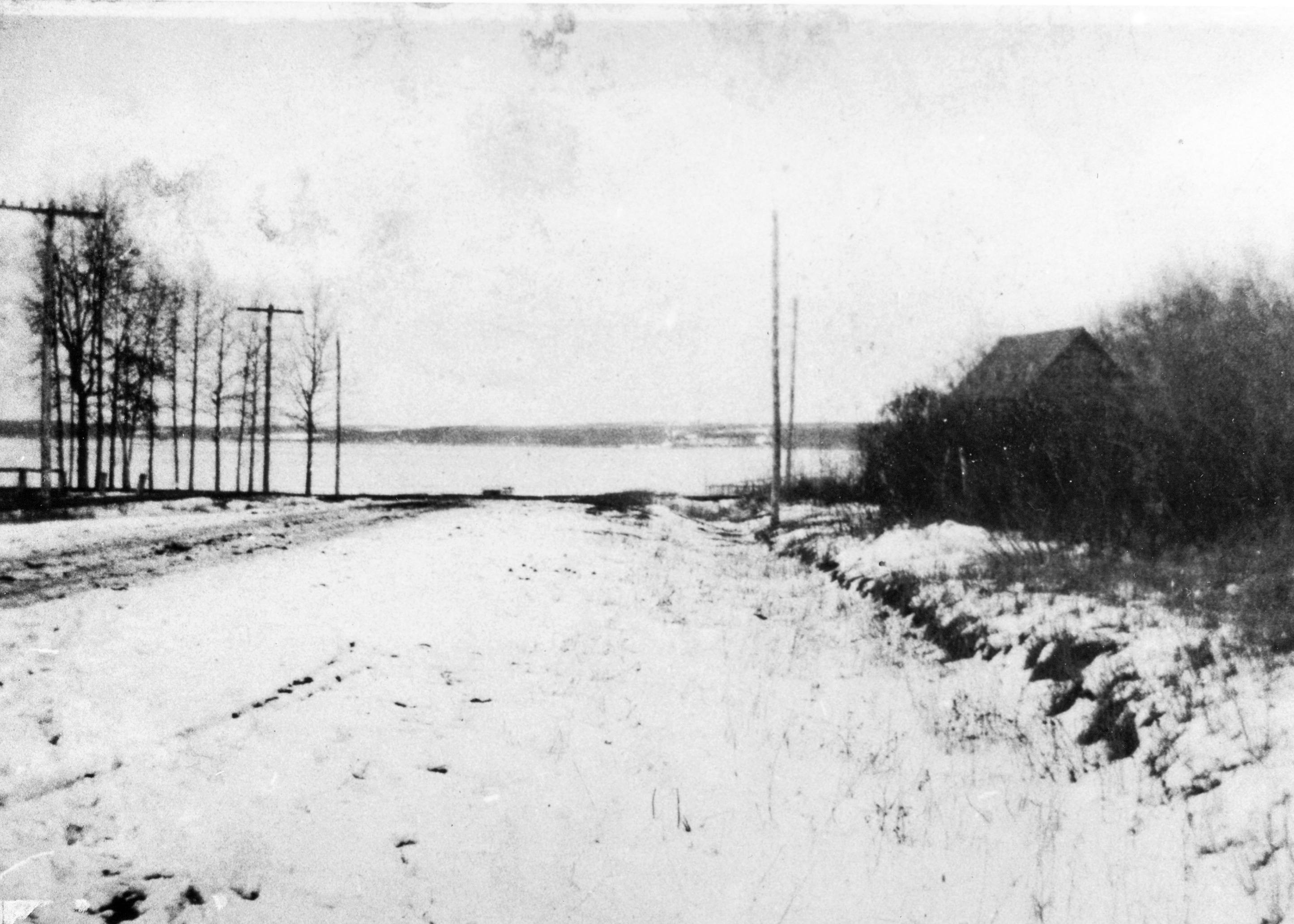Sylvan Lake is generally known as a dynamic town, populated with large numbers of young families. It is also a community with some very deep historical roots.
David Thompson’s famous map of 1814 gave one of the very first written references to the lake. He named it Methy Lake, a derivation of the Cree word for the burbot or ling fish that are commonly found there.
Most of the Cree First Nations, however, referred to the lake as “Kinipik” or Snake Lake, because of the large numbers of garter snakes found along the shores, and on the sand cliffs of the north side.
There were so many snakes that on one hot summer’s day, about 100 years ago, a local settler thought he saw the roof of his cabin shimmering in the sun. However, when he got closer, he found that his roof was covered in snakes slithering across the warm wood shingles.
Many early residents, particularly those interested in promoting the area as a resort, thought that a different name was needed so that prospective tourists would not be frightened off.
Consequently, in 1903, the name of the lake was changed to Sylvan, as much of the area was heavily wooded.
Because of the thick forest, getting to the lake was initially very difficult. It was not until 1899 that the first permanent settlers, the Loiselle family, arrived. Originally from Quebec, they had spent a number of years at Saginaw, Michigan.
They were attracted to the Sylvan Lake area because of the availability of free homestead land and a tremendous supply of timber with which to start a sawmill.
However, the Loiselles must have wondered what they had gotten themselves into. Shortly after arriving, there was a metre of snow on the ground in the first week of September. Nevertheless, the Loiselles persevered and soon established a store, hotel and post office.
Other settlers came into the district to start farms and new lives. Many were Scandinavians and Finns, as they were already familiar with the type of countryside found around the lake. Several were also from France, Belgium and Quebec, which meant that there was widespread use of French in the community.
Development of the area as a resort began in 1901 when families from Red Deer began coming out to camp along the Lake for the summer. In 1904, the first summer cottages were built.
Gradually, two different sections of the fledgling community developed. The first, located around the first hotel and the stores on the west side, became known as Upper Camp. The second, to the north and east, was made up almost entirely of cabins and camping areas. It became known as Lower Camp, a name that persists to this day.
Big changes started to happen in 1909 -1910. Two railroads, the Alberta Central and the Canadian Northern Western, began to build rail lines through the area to the rich coalfields that were being developed in the Brazeau (Nordegg) district, west of Rocky Mountain House.
All of the rail construction brought a surge of prosperity. There were lots of jobs. Farmers had a great local market for their hay, produce and horses. More people soon began to flood in to start new farms and businesses.
With the community much more accessible, more tourists began to arrive in the summer. Several new summer cottages were built, with a new cottage areas being subdivided at Jarvis Bay, Birchcliff and Northey’s Point (now part of Norglenwold).
In 1912, the Sylvan Lake School, originally known as Sylvan Dell, opened.
In 1913, Sylvan Lake had grown to the extent that it was incorporated as a village. Earl Grimson was the first mayor, with A.A. Godden and Alexandre Loiselle as the first councilors. Sylvan Lake was now really “on the map”.
On Feb. 2 from 6 to 8 p.m. at the Community Partners Association office, there will be an open house with the Sylvan Lake Centennial Committee to discuss plans, solicit ideas and find out how groups, organizations and individuals might get involved with Sylvan Lake’s centennial in 2013.
Details of the meeting can be found on the Town website – www.sylvanlake.ca



